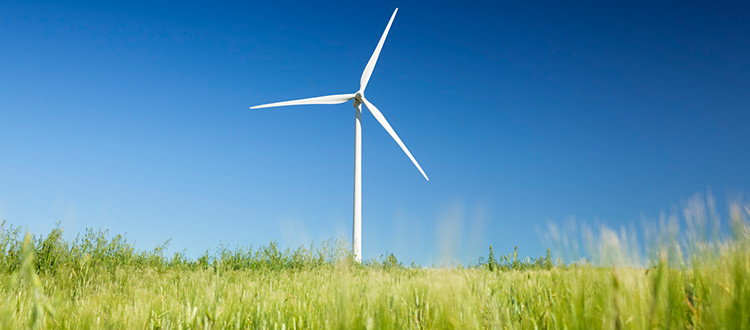The Technology Behind Wind Energy
Understanding Wind Energy
Amongst the different types of sustainable energy, wind energy is actually one of the oldest. The original version of wind turbines and windmills didn’t have as far reaching applications as the wind farms available today, but they still offered a lot of value to society. Today, it’s one of the most reliable forms of green energy, and many energy suppliers make it a point to take the electricity generated by wind farms and give everyday consumers a chance to reduce their carbon footprint.
How Wind Energy Was Utilized In The Past
The premise of utilizing wind for productive means has been around for quite some time dating back as far as 1850, when the first windmill was designed for expansion into the American West. 40 years later, steel blades were invented that made the mills more efficient. As the size of mills increased, they were used for different purposes that included pumping water, and even generating small amounts of electricity for homes and businesses. Even in their most rudimentary forms, wind turbines were a technological marvel.
How Today’s Wind Turbines Operate
For the most part, wind turbines today look like a traditional fan but without the protective cover. They’re also much, much larger, usually stretching well over 200 feet in height. The blades themselve are also massive, usually 100+ feet in length. The tower and length of the blades provides optimal height and surface area to capture as much wind energy as possible in certain areas.
The principle behind a wind turbine’s operation is fairly simple. Even though they do look like fans, they work in the opposite fashion. Rather than using electricity to create wind, the turbines utilize the power of wind to create electricity. As wind turns the blades, a shaft is also spun. This shaft is connected to an internal generator. The faster the turbines rotate, the more electricity that’s generated by an individual turbine. This is why placement of wind turbines and the various wind farms is so important. They need to be located in areas with consistent, high speed winds that can efficiently rotate any number of turbine blades. They’re so high off the ground so that they take advantage of faster, stronger, and smoother winds. However, it can be difficult to predict exactly how wind performs in certain areas. The pattern of wind can change (along with speeds) depending on bodies of water, nearby vegetation, and even changes in terrain.
What Happens To The Energy?
The electricity that’s captured by wind farms can be applied for use in a number of ways. At the most basic level, the wind turbine can be used to power nearby structures depending on where they’re set up. In some cases, the electricity is transferred through transmission lines to larger towers and energy substations which are owned and operated by different energy companies. This electricity can then be dispersed to their various customers throughout the grid. Ideally, these companies want the electricity to be used as soon as possible, since batteries can only store so much electricity. By using this alternative energy as soon as possible, any newly generated electricity won’t go to waste.

